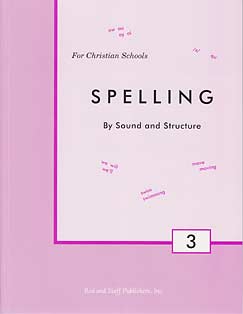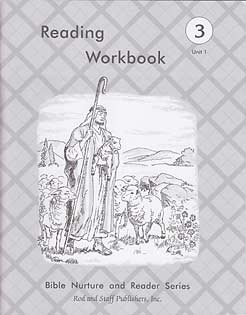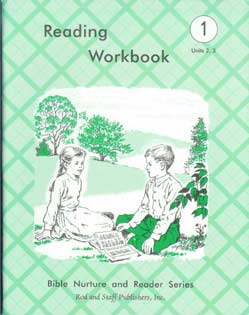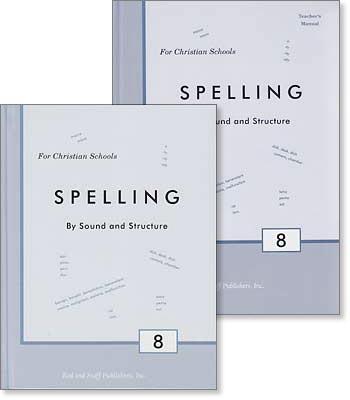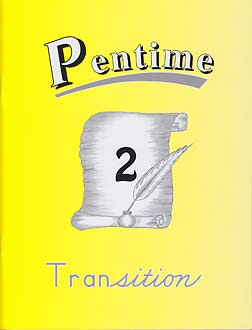
Grade 8 Apologia Physical Science [3nd Ed] Set
- Soft cover
- 5.362 lbs
Item #52-08--
| This set includes: | # in My Cart | ||
|---|---|---|---|
| Pupil Textbook | $87.00 | ||
| Solutions and Tests Manual | $26.00 | ||
| This set includes: 2 items (set discount: 5%) | -$5.65 | ||
This 3rd Edition of Exploring Creation with Physical Science course was completely rethought and rewritten with your student in mind. This is not the same as 2nd Edition and covers more physical science information. The text discusses atomic structure, periodic table, chemical bonds, reactions and energy, motion, forces, energy, waves and sound, light, electricity and magnetism, and Earth's structure, weathering, and atmosphere.
This course is designed to be the last science course the student takes before high school biology. We generally recommend it as an 8th-grade course, but students can use it for their 9th-grade coursework.
- Lab Supply List
Table of Contents
MODULE 1: SCIENCE—THE BASICS
- What is Science
- Science and Technology
- What is Physical Science
- The Scientific Process
- Making Observations
- Experiment 1.1: Making Observations
- Forming Hypotheses
- Testing Hypotheses
- Experiments
- Analyzing Data
- Drawing Conclusions
- Scientific Theories and Laws
- Science Does Not Prove
- When the Scientific Method Isn't Possible
- Inferences
- Models
- Measuring and Manipulating Data
- The Metric System
- Mass
- Length
- Volume
- Time
- Temperature
- Converting Units
- Organizing and Presenting Scientific Data
- Data Tables
- Analyzing Data with Graphs
- Bar Graphs
- Circle Graphs
- Line Graphs
- You Do Science
- Experiment 1.2: Practice Data Collecting and Analyzing with Pendulums
- Summing Up
- Answers to the "On Your Own" Questions
- Study Guide for Module 1
MODULE 2: CHEMISTRY PROPERTIES AND STATES OF MATTER
- Classifying Matter
- Pure Substances and Mixtures
- Pure Elements and Compounds
- Mixtures
- Solids, Liquids, and Gases
- Other States of Matter
- Kinetic Theory of Matter
- Solids
- Liquids
- Gases
- Experiment 2.1: Diffusion at Different Temperatures
- Metals and Nonmetals
- Properties of Matter
- Physical Properties
- Appearance and Odor
- Conductivity
- Density
- Experiment 2.2: Exploring Different Densities
- Hardness
- Malleability
- Viscosity
- Melting and Boiling Points
- Chemical Properties
- Flammability
- Reactivity
- Changes in Matter
- Physical Changes
- Volume and Density Changes
- You Do Science: Volume and Density Change Activity
- Phase Changes
- Solubility Changes
- Chemical Changes
- A Change in Color
- Production of a Gas
- Formation of a Solid
- Experiment 2.3: Changes in Matter
- Summing Up
- Answers to the "On Your Own" Questions
- Study Guide for Module 2
MODULE 3: CHEMISTRY—ATOMIC STRUCTURE AND THE PERIODIC TABLE
- A History of the Atom
- Ancient Atomic Models
- Dalton's Atomic Theory
- Thomson's Atomic Model
- Plum Pudding Model
- Rutherford's Atomic Model
- The Structure of Atoms
- Subatomic Particles
- Atomic Number and Mass Number
- Isotopes
- Modern Atomic Theory
- Bohr's Atomic Model
- The Electron Cloud or the Quantum-Mechanical Model
- Electron Orbitals
- Experiment 3.1: Constructing 3-D Atomic Models
- Organizing Elements: The Periodic Table
- Mendeleev's Periodic Table
- Experiment 3.2: Creating a Periodic Table
- Groups and Periods
- Modern Periodic Table
- Representative Groups
- The Alkali Metals
- The Alkaline Earth Metals
- The Boron Group
- The Carbon Group
- The Carbon Group
- The Nitrogen Group
- The Oxygen Group
- The Halogens
- The Nobles Gases
- Summing Up
- Answers to the "On Your Own" Questions
- Study Guide for Module 3
[Remainder shows only main module topics...]
MODULE 4: CHEMISTRY—CHEMICAL BONDS
- A Model for Chemical Changes
- Types of Chemical Bonding
- Covalent Bonds
- The Wonder of Water
- Summing Up
MODULE 5: CHEMISTRY—REACTIONS AND ENERGY
- Naming Compounds and Writing Formulas
- Types of Reactions
- Energy Changes in Reactions
- Summing Up
MODULE 6: PHYSICS—MOTION
- Distance and Displacement
- Speed and Velocity
- Acceleration
- Summing Up
MODULE 7: PHYSICS—FORCES
- Forces
- Newton's Laws of Motion
- Fundamental Forces
- Summing Up
MODULE 8: PHYSICS—ENERGY
- Energy
- Energy and Work
- Work and Machines
- Summing Up
MODULE 9: PHYSICS—WAVES AND SOUND
- Mechanical Waves
- Properties of Waves
- Sound
- Summing Up
MODULE 10: PHYSICS—LIGHT
- Electromagnetic Waves
- The Electromagnetic Spectrum
- The Behavior of Light
- Your Eyes and Color
- Summing Up
MODULE 11: PHYSICS—ELECTRICITY AND MAGNETISM
- A Detailed Look at the Electromagnetic Force
- Electric Charge
- Electrical Circuits
- Summing Up
MODULE 12: EARTH SCIENCE—OUR EARTH
- Earth's Structure
- Rocks and Minerals
- Processes of the Lithosphere
- Summing Up
MODULE 13: EARTH SCIENCE—OUR ATMOSPHERE AND BEYOND
- Our Atmosphere
- Energy and the Atmosphere
- Beyond Our Atmosphere
- Summing Up
MODULE 14: CHEMISTRY AND PHYSICS IN THE LIFE SCIENCES
- Chemistry and Biology
- Biochemistry
- Physics and Life
- Summing Up
MODULE 15: PHYSICAL SCIENCE RESEARCH
- Conducting Research
- Sharing Your Research
- Your Turn to Research
- Summing Up
- Glossary
- Appendix
- Lab Supply List
- Index
- Image Sources


